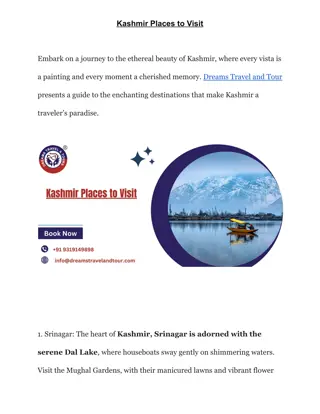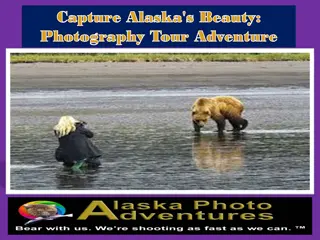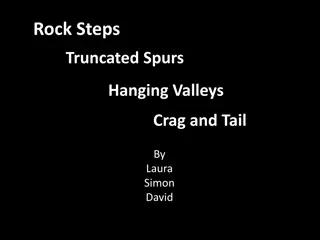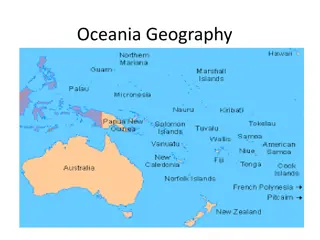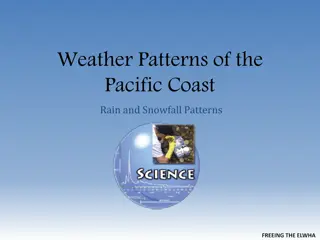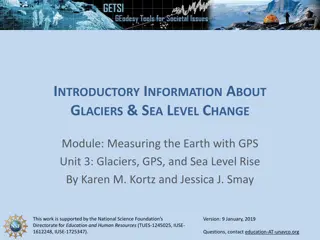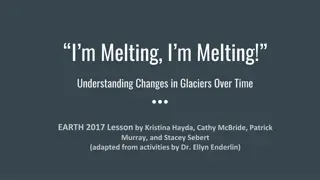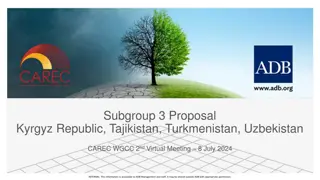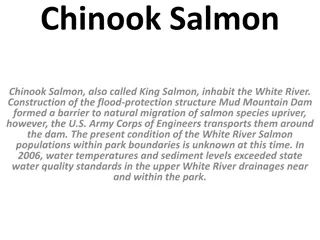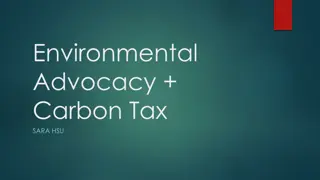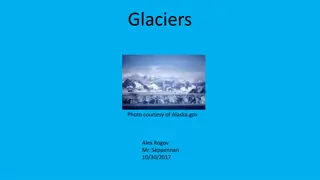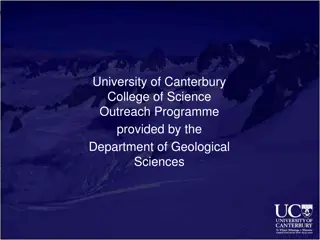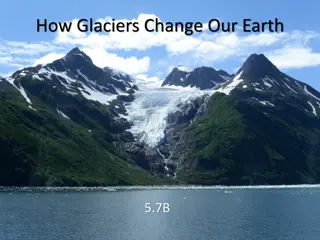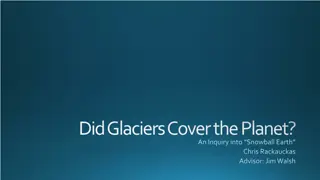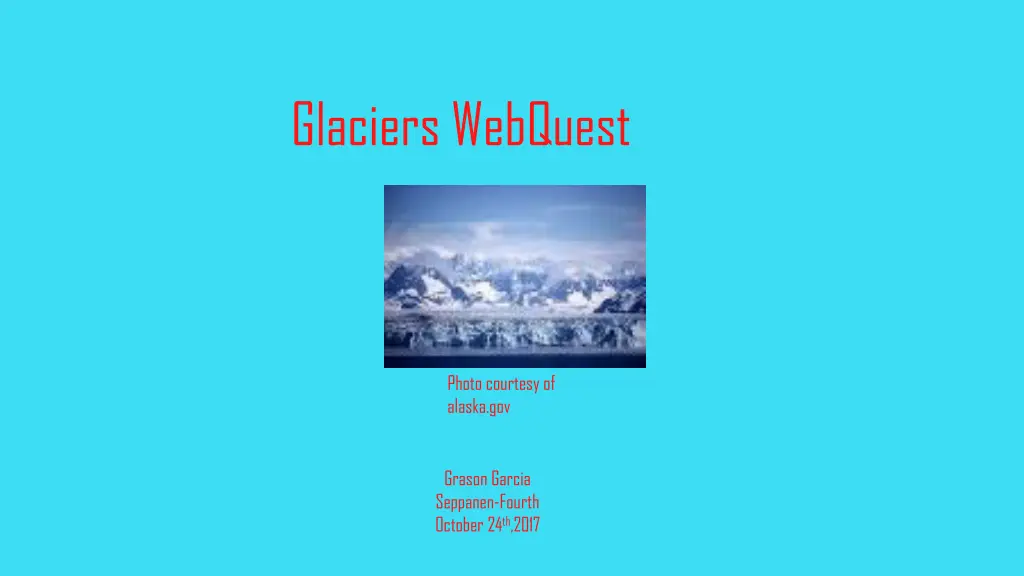
Fascinating World of Glaciers
Explore how glaciers are formed, move, and shape the land, along with interesting facts about these icy wonders. Discover glacier features, where they can be found, and the geological impact they have. Delve into the science behind glaciers with captivating photos and detailed explanations.
Download Presentation

Please find below an Image/Link to download the presentation.
The content on the website is provided AS IS for your information and personal use only. It may not be sold, licensed, or shared on other websites without obtaining consent from the author. If you encounter any issues during the download, it is possible that the publisher has removed the file from their server.
You are allowed to download the files provided on this website for personal or commercial use, subject to the condition that they are used lawfully. All files are the property of their respective owners.
The content on the website is provided AS IS for your information and personal use only. It may not be sold, licensed, or shared on other websites without obtaining consent from the author.
E N D
Presentation Transcript
Glaciers WebQuest Photo courtesy of alaska.gov Grason Garcia Seppanen-Fourth October 24th,2017
How Glaciers are Formed Glaciers are formed by piles and piles of snow stacking up and compresses the bottom into ice and more snow comes to compress into ice and all the ice compresses into slush. These are the three layers of a glacier: Snow on top, ice in the middle, and slush on the bottom. Photo courtesy of water.usgs.gov
How glaciers move Glaciers move by the slush on the bottom that melts a little of the ice to mix with the dirt, rocks, gravel, and sand. This slush can move because of the weight of the glacier and gravity pulling it to downhill. Photo courtesy of ducksters glaciers
Where I could find Glaciers In the mountain ranges at the top of the mountain In the South Pole In the North Pole Photo courtesy of climatekids.nasa.gov
Glacier features Name Descprition Firn Firn is a type is a type of snow that is compressed together that is in between the new snow and the ice. Crevasses Crevasses are big cracks in glaciers that separate the glacier but does not tear it apart in to two pieces. Head The glacier head is the part of a glacier that is at the very top of the glacier. Photo courtesy of ducksters glaciers
How glaciers change the land Geological features How they are created A cirque is in a bowl shape landform that is on a side of a mountain that was made by the very top of a glacier called a head of that glacier. A drumlin is a long oval shaped hill created by a glacier moving to that spot and making it into that oval shaped hill. Cirque Drumlin Horn A horn is the top of a mountain that is pointy at the top created by a glacier moving down the mountain slowly. Photo courtesy of oceanservise.noaa.gov
Three interesting facts about glaciers Thelargest glacier in the United States of America is the Bering Glacier. The top part of a glacier moves faster than the bottom part of a glacier because of the friction. A scientist that studies a glacier is called a glacierologest. Photo courtesy of discoverykids.com
Resources Used Ducksters.com


